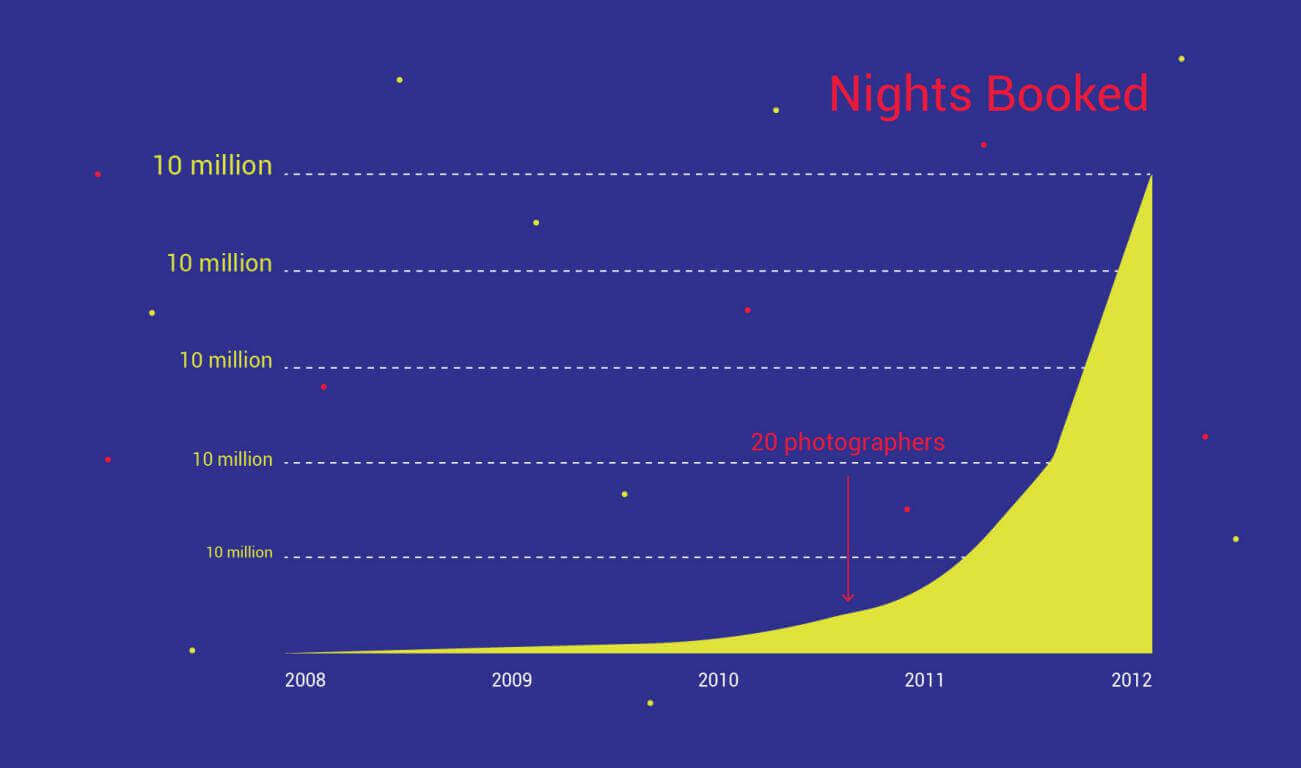
Why measuring value in Agile oriented processes is important?
What is more important to measure in Agile oriented management processes? – Measuring business value in Agile is more important than the tempo of development.
Why measuring value in Agile oriented processes is important?
Please, pay attention to the first out of twelve principles of the Agile Manifesto, where says:
“Our highest priority is to satisfy the customer through early and continuous delivery of valuable software.”
Therefore, regardless of which of the agile process frameworks you choose to apply in the course of development—be it Scrum, Crystal, Kanban, or XP—the thing of paramount importance to the creators of Manifesto is the early value delivery to stakeholders and satisfaction of their needs.
By mid-1990s, the developed software (take MS Word, for instance) had been mostly desktop-based software and had to be installed onto each separate computer. As web applications came into being, the implementation of new functionality accelerated: one only had to deploy an application on the server for all of the users to gain access to it. This innovation made the competition between companies more intense as those who had managed to apply the new technology earlier was a winner in terms of market and client base.
Successful implementation of each agile process is to be measured according to the increase the value delivery
Value is more important than the tempo of development
Many companies measure the success of implementation of agile processes in how quickly the teams develop products. High tempo, however, does not guarantee an increase in the delivered value and may be a poor measurement system. Below we furnish two of the well-known case studies to corroborate this standpoint of ours:
- Hyperproductive teams in the MySpace company that had been working 4 to 6 times faster than average teams. This was really cool but only if the ultimate goal is Value whereas Tempo is merely a vehicle used to deliver Value.
- The Nokia team that managed to rearrange its internal processes and is currently developing in agile mode.
Now both of these companies are outsiders that vacated their places in the market to the benefit of their competitors.
The Agile approaches should be used as an instrument to deliver value and to perform measurements of business value at all times. Agile should not be used merely in order to develop useless products at a great tempo.
So what is business value anyway?
There is no universal definition of business value; neither is there any single approach which should have been and could have been used to measure it. That said, many companies find it useful to measure the following:
- Return on Investment (ROI)– (that is, ‘reimbursability’ (payback) of investments. E.g., suppose you invested $1,000 in your website and it helped you generate revenue of $2,000—in this case, consider your ROI to be at 200%. And so you can calculate your expenses and your revenue and calculate this ratio.
- Sales– sometimes, calculation of ROI is a pretty tricky undertaking. Say, do investments include time spent on professional communication on social networks? Or should this notion only include actual work spent to develop and maintain the website? Thus it is far easier—particularly to online shops—to just measure sales.
- Employee satisfaction is something that very much depends upon how well the system of motivation and remuneration has been studied. Such a system may include various reimbursements, for instance an ability to acquire additional skills and competences, bonuses, personal satisfaction and suchlike.
- Customer satisfaction is how the customer interacts with the process. It is crucial to study it in order to assess the value engineering. As a rule, the less the Customer is forced to interact with a certain service, the better it is from his standpoint. There is a good example of a successful approach to value measurement.
There is a good example of a successful approach to value measurement.
Just a couple of years ago, the Airbnb company was still a young startup, critically short of funds. Its creators did, however, succeed in finding a measurement system that was remarkably precise in approximating final value that the end users receive, that is: the number of high-quality photos on AirBnB’s website.

Value is only considered to be value if it has been delivered.
Apparently, you might add plenty of cool features you’re your product; however, until and unless you have actually released, the delivered value shall equate zero. You can, therefore, use the following measurements to show that a certain value has indeed been delivered:
- Cycle Time is time for the duration of which a certain task has been in development, from the moment when the development started to the moment it passed the phase of final delivery.
- Time to market is a measurement of time, starting at the moment a software order was placed and ending at the moment the software was delivered.
- Release frequency.
